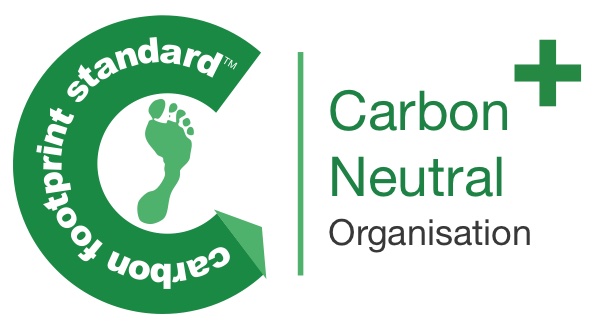
As A-Level results were released on Thursday 15 August across England, Wales and Northern Ireland, the data painted an encouraging picture for the PBSA sector. Despite a challenging macroeconomic backdrop, the student population continues to demonstrate resilience, providing a robust foundation for PBSA investors.
Katie O’Neill, Head of Student Property Research, Knight Frank
This year’s UCAS figures reveal that 91% of students have an offer in hand, up from 89% in 2023. In real terms, this translates to 425,680 students accepted onto higher education courses, a 2.6% increase from the previous year. What makes this growth particularly noteworthy is that it comes against a backdrop of a 1.6% decline in total applications, which stood at 667,650 as of the 30th June deadline.
The strength of the UK’s higher education sector is further underscored by the performance of high-tariff universities this year. These institutions have accepted 160,710 applicants, marking an 8% year-on-year increase. This figure is remarkably close to the peak seen in 2021 (163,100), when Covid-era teacher-assessed marking inflated end-of-school grades.
For PBSA investors, these trends signal continued demand for quality student housing. Our recent market analysis shows that fewer than 17,500 new purpose-built student beds will be added to supply in the 2024/25 academic year, representing a marginal 0.6% increase on last year’s delivery. This is notably below the five-year pre-pandemic average of more than 25,000 beds annually.
The constrained development pipeline, coupled with growing student numbers, has created a favourable environment for rental growth. Our data indicates that PBSA rental growth averaged 7.6% across the UK in 2024, with some markets experiencing even stronger performance depending on local supply-demand dynamics.
This supply-demand imbalance is particularly acute when considering the long-term trends. Since 2012, just 258,000 new PBSA beds have been added across the UK, now accounting for 35% of total stock. In the same period, almost 470,000 full-time students have been added to the student population. This disparity has created a clear two-tier market in terms of age and quality of stock, presenting both challenges and opportunities for investors.
As we enter the clearing period, there’s a significant opportunity for student housing operators to capitalise on the flux of students finalising their university choices. This is particularly relevant in secondary markets, where operators may have remaining inventory to fill.
Looking ahead, the sector’s fundamentals remain strong. The recent Migration Advisory Committee report recommended maintaining the two-year graduate visa route, providing certainty around international student demand. Additionally, the newly elected Labour Party has committed to creating a secure future for UK Higher Education, recognising the sector’s financial challenges.
However, it’s important to note the ongoing pressures on university finances. The tuition fee cap for domestic undergraduate students has been frozen at £9,250 since 2017, falling in real terms due to inflation. Our estimates suggest that the inflation-adjusted real value of fees for the 2023/24 cycle was more in line with £7,181 per annum, potentially dropping to around £6,155 by the end of the decade.
Despite the ongoing financial pressures in the higher education sector, the resilience reflected in this year’s A-Level results and the increase in student numbers underscores a promising future for PBSA operators and investors. As demand continues to outpace supply, the sector is well-positioned for sustained growth.





















